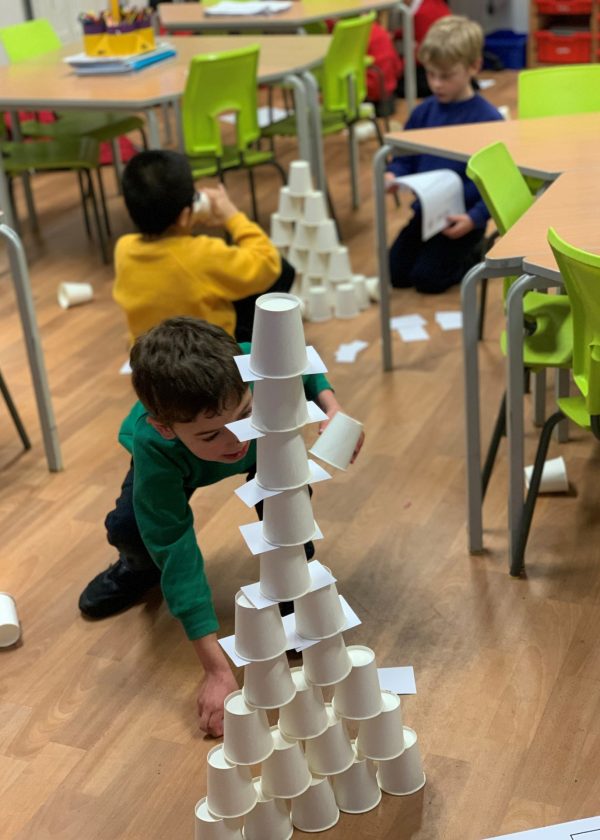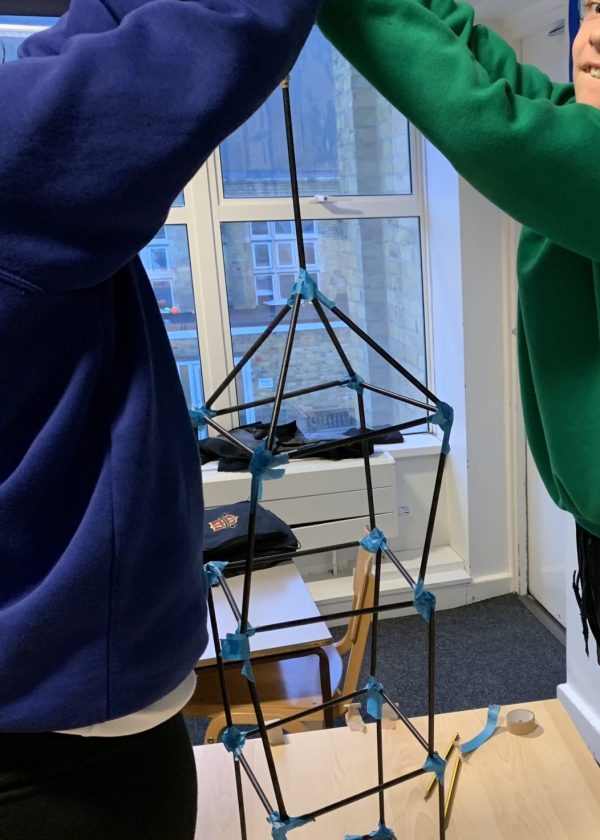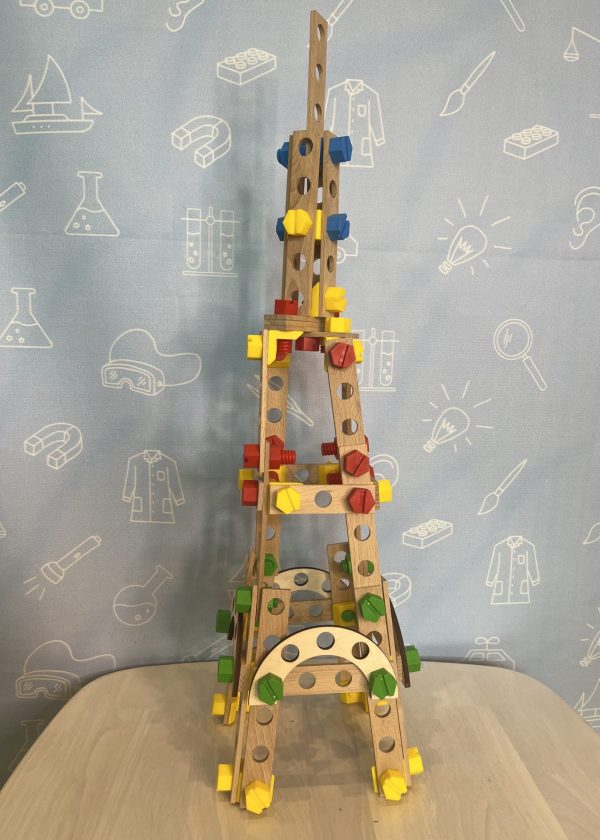Engineering is all around us. Engineers helped make almost everything you use each day, from the scooters your pupils ride to school, to the kettle you make a beeline for at 3:30pm.
Engineering isn’t explicitly part of the primary National Curriculum, but it does form part of Design Technology, ICT, science and maths. It can also be drawn in across the curriculum, like building your own houses in a Great Fire of London topic.
Making time for engineering in your class is not only fun, but it can also improve outcomes too. It helps pupils who need more practical learning to engage with maths and science and a March 2017 report found that hands-on experimentation and learning from failure helped to raise achievement and aspiration across the whole primary curriculum too.
If you haven’t been teaching any engineering, maybe you’re put off because is sounds complicate or time-consuming. In fact it can be one of the easiest subjects to teach because pupils have to work things out for themselves.
An accessible way to start is through building structures. I’ve shared some simple ways you can get your pupils building their own structures in class with minimal prep or resources.
For each of the three activities, you can set up the resources and the challenge and then let pupils try to figure out what works well. Your job is just to notice what’s working and share across the other groups. It’s the perfect no prep lesson!
Here is a video of Laura Cross talking through each of the activities, with more information below:
1. Cup Towers
Challenge: Make the tallest tower you can using only a stack of 30-40 paper cups.
Suitable For: EYFS to Year 6

This is the simplest way to make towers and a great way for pupils to start exploring structures.
Younger pupils may start with a smaller number of cups while older pupils may have a time limit. However, differentiation will be apparent in how high they actually manage to build.
As they build, they’ll start to notice they need a wider base for stability but can get narrower as they build up to be economical with their cups.
There’s so much engineering involved in this simple activity as pupils learn about the importance of foundations and the strength of a triangle or pyramid shaped structure.
Plus, they have to work together to succeed and the competitive element means they’ll love it too!
2. Straw Towers
Challenge: Make the tallest tower you can using only paper straws and tape.
Suitable For: Y2 to Y6
You can take your tower building up a level with this variation on the classic spaghetti and marshmallow structures.
Paper straws work really well for this with tape on the corners or you could use skewers, toothpicks and gumdrops, or the classic spaghetti and marshmallows.
You might need to start with some tips around building cube or pyramid shapes and strengthening the bottom or ‘foundation’ layers. This is a great chance to use shape vocabulary! Some images of example straw towers on the board might help get them started and there are plenty you’ll find with a quick Google.
Again, this activity not only promotes great teamwork and perseverance but gets pupils thinking about engineering principles linked to shapes and angles, weight distribution, symmetry and more.
3. Nuts and Bolts Towers
Challenge: Construct a replica Eiffel Tower with Wooden Construction Blocks with Nuts and Bolts kit.
Suitable For: EYFS to Y6
This is a great extension when you want to spend more time on structures and you can make it as simple or as complicated as you like with what you challenge pupils to build and using time limits for older pupils.
Not only will pupils be learning about different methods of joining, but because of the natural strength or the components, they’ll be able to get much more creative with their structures.
Of course, they’ll still be thinking about the shapes that work well, creating a wider foundation layer and the distribution of weight across the structure.
You may find, across all year groups, that some pupils are much more capable with this sort of task simply because they still take part in construction activities like Lego at home. This is exactly why it’s important to continue to provide these sorts of opportunities in school too.
If you’d like to try more engineering with your pupils, Inventors and Makers can help you set up your own after-school engineering club, provide STEM workshops and even train your staff on bringing engineering to their own classroom.s
With many thanks to Laura Cross for sharing this blog with us.
About the author:
Laura is a qualified and experienced primary teacher and STEM specialist who runs Inventors and Makers workshops, after-school clubs and CPD both virtually and in-person for schools all over the world. She wants to help teachers feel confident to teach engineering themselves and so allow pupils everywhere to experience the hands-on educational fun of engineering.





